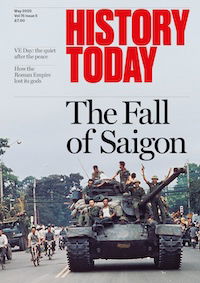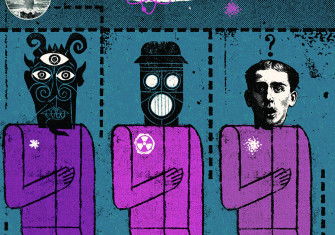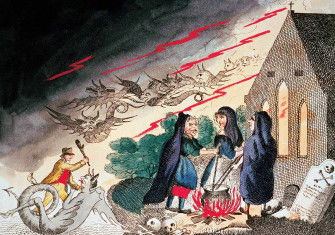‘After the Flying Saucers Came’, ‘Think to New Worlds’ and ‘How to Think Impossibly’ review
Recent books by Greg Eghigian, Joshua Blu Buhs and Jeffrey J. Kripal demonstrate the challenges that historians face in making sense of Fortean times.
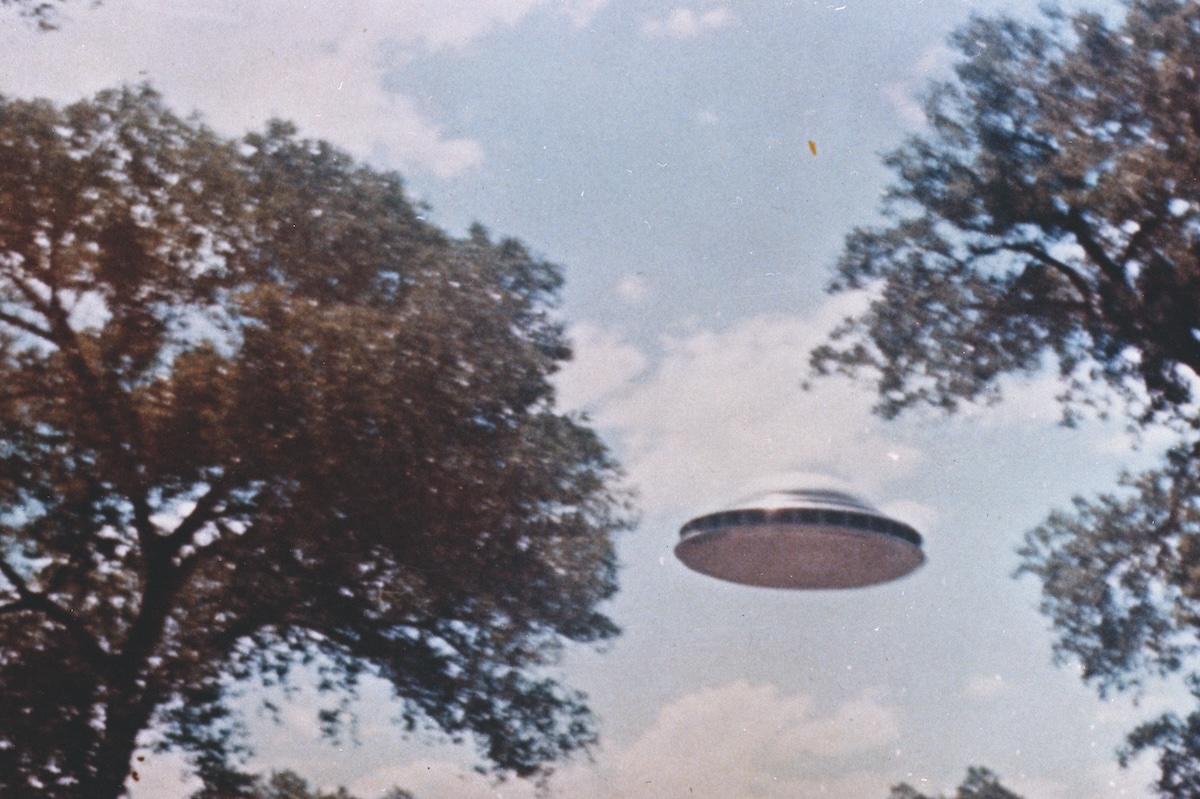
In June 1947 Kenneth Arnold was flying a small plane over Mount Rainier in Washington when nine bright objects began tracking him at high speed. People have always seen signs and wonders in the skies, but once Arnold identified these things as ‘saucer-like’, he inaugurated the age of the UFO. Over the following decades, countless people in the United States and around the world saw flying saucers. Some claimed to have spoken with the beings piloting them, to have been abducted by them or even to have had sex with them. During the 1980s these close encounters became less frequent. In 2021 a report from the US Air Force to Congress admitted that what it termed UAPs (unidentified aerial phenomena) existed, but denied that it was worth investigating them further. Now that flying saucers belong to history, the question arises: what kind of history? Historians have protocols for taking paranormal events seriously, but not literally, when they turn up in old manuscripts. But can they understand a contemporary person who claims that an alien probed their rectum as successfully as an early modern believer who saw witches in the air?
Greg Eghigian’s examination of the ‘UFO phenomenon’ makes a solid start in doing so. He calls his book a ‘global history’ because UFOs appeared over Sweden before they appeared to Arnold, resembling the German V2 rockets that had lately menaced Europe. And they proliferated elsewhere: the first (recorded) abduction took place in Brazil, while the most creative study of them took place in France and Japan. Nonetheless, the initial ‘flap’ in sightings reflected America’s postwar spike in civil and military aviation. Edwardian Britons had succumbed to ‘airshipitis’ and seen mystery balloons, but postwar Americans got used to scanning the skies. Radar and flight instruments produced many a numinous glitch. UFOs swarmed around military installations, such as the air base at Roswell, New Mexico, where a downed craft was supposedly hidden in the summer of 1947. Official investigations by the authorities designed to reassure the public merely aroused allegations of cover-ups.
The initiative passed to the ufologists. Eghigian’s careful bestiary of them draws a distinction between dreamers and grifters – pulp writers who baldly claimed to have met military whistleblowers or even to have chatted with aliens themselves – and scientists who maintained a healthy scepticism about what weird data points meant. It is a shaky distinction, because even ‘respected’ ufologists were odd fish. David Jacobs, a historian who worked with female ‘contactees’, asked one to hand over her unwashed underwear and to wear a chastity belt; John Mack of Harvard Medical School was censured by its Dean for his flaky research.
Eghighan charts a slow darkening of ufology. The first extraterrestrials were benign ambassadors who warned Americans about atomic warfare. The friendliest looked ‘Nordic’: many ufologists were racists who trusted ‘little men’ when they had fair hair. Over time, though, aliens became hostile: they poked people with probes just as mistrust of doctors and other authority figures was mounting. The convergence between what ufologists did and America’s anxieties became especially marked once they began hypnotising ‘contactees’. Trauma now loomed larger than the nuts and bolts of extraterrestrial technology. Hypnosis outed aliens whose habit of turning up in bedrooms tracked worries over domestic sexual abuse. Yet this therapeutic turn meant that the ‘false memory’ scandal over the use of hypnosis to unmask familial abusers in the late 1990s nearly sunk ufology.
Eghigian’s book illustrates how hard it is to explain an intellectually anarchic movement. We can write the history of Christian or Muslim theology without believing in the supernatural entities it describes, tracing the study of canonical texts, the development of institutions and protocols of argument. But it is not just that ufology’s objects are murky (and probably unreal): it has no rules and no authorities either. Chutzpah is all it takes to thrive. Eric von Däniken, whose bestselling Chariots of the Gods (1968) claimed that ancient monuments recorded the visits of spacemen, was just an imaginative Swiss hotelier who had done jail time for fraud. As a result, much of Eghigian’s book does not so much trace debates as recount the squabbling of obscure and fissile groups.
Joshua Blu Buhs’ ‘cultural history’ of the Forteans faces similar problems. Charles Fort was a Brooklyn autodidact who used newspaper clippings to make anthologies of such paranormal ‘anomalies’ as showers of fish falling from the skies or spontaneous combustion. In the interwar years his books enjoyed a mild vogue with surrealists, who admired their collage technique, which Buhs’ jerky prose emulates, and science fiction writers, who quarried them for plots. Although Fort died in 1932, long before Arnold’s saucers appeared, he primed Americans to accept them. His gnomic claim that ‘we are fished for’ presented people as the prey of powerful visitors from beyond. Fort’s denial that the natural sciences could explain everything was a radical form of Protestant freethinking. It fostered a scepticism about scepticism that insulated fantasists of all kinds from ‘debunkers’.
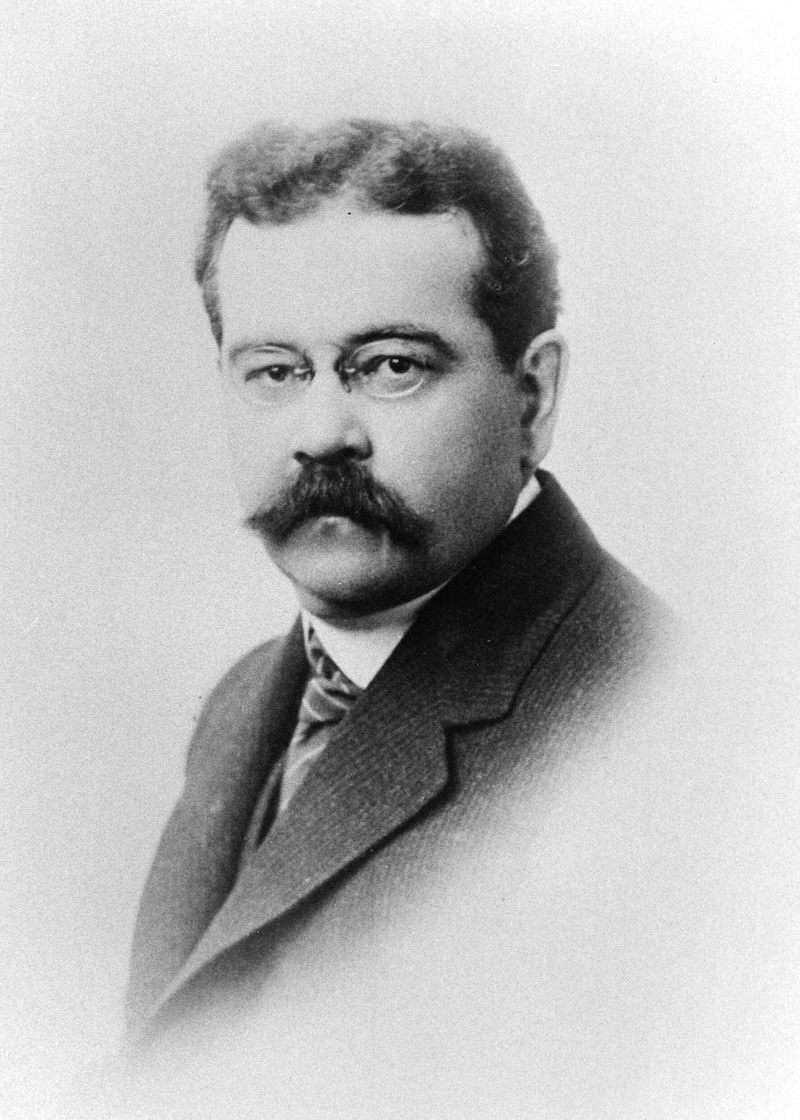
The book’s real subject is Tiffany Thayer, who turned Fort’s pawky scepticism into a system. Thayer was a smutty novelist and copywriter with grand pretensions: one of his unfinished projects was a sex mad, multivolume biography of the Mona Lisa. He became Fort’s apostle: editing his works and founding a Fortean Society whose journal became a clearing house for cranks. Thayer’s widow later destroyed its records, but Buhs uses correspondence to reconstruct his nasty mind. Doubt – the journal’s title from 1944 onwards – printed tall stories, everything from eels wriggling out of taps to ships vanishing in the Bermuda Triangle, and ranted against modern medicine, condemning the fluoridation of water and attacking tonsillectomies for causing polio. Yet Thayer’s abiding obsession was with lies in high places. He dismissed Pearl Harbor, the invention of atomic weapons and the Sputnik launch as hoaxes to justify military spending.
Thayer made himself unpopular with Forteans by extending his sour scepticism to flying saucers, which he saw as just another ploy to justify America’s fattened state. Yet his career was symptomatic of the curdled credulity in which ufology thrived: if nothing can be trusted, anything might be true. His gonzo epistemology was also an expression of a racist libertarianism: Thayer and some of his key collaborators, who leaned towards fascism, blamed cover-ups on a ‘Silence Society’ of powerful Jews. Buhs’ dispassionate summaries of their unpleasant ramblings constantly dignify them as ‘thoroughly modern’. This converts modernity from a meaningful constellation of intellectual principles into a container for more or less anything which happened in the 20th century. Fortean hijinks do not establish the ‘enchanted’ nature of modernity: instead, they expose its weakness in the face of what Buhs usefully calls ‘acerbic nihilism’, the consequences of which we live with today.
In opening his manifesto on UFOs with an epigraph from Charles Fort, Jeffrey Kripal warns us that there is interesting trouble ahead. While conceding that Eghigian’s contextual approach explains the format and incidence of encounters with UFOs, this eminent historian of religion argues that it does not detract from their reality. To ‘think-with’ the ‘experiencers’ of such things means treating them as enquirers who can change how history is written. Kripal follows Victorian psychical researchers in assuming that humans in every place and time have enjoyed paranormal powers. Whether our sources tell us our subjects spoke with Venusians, the Virgin Mary or Kali does not matter: their experiences were valid expressions of their neurology, not their beliefs. They were ‘ontological shocks’, which reveal that consciousness is or might become less bounded than we now suppose it to be. Kripal criticises historians for preferring to understand their subjects as ‘horizontal’ people formed by clusters of cultural, ethnic or gendered attributes, rather than as the recipients of ‘vertical’ inspiration.
Should flying saucers initiate a broader ‘weirding’ of historical scholarship? Kripal’s sensitive retellings of what his contactees endured show we cannot just write them off as mad or delirious – even though they were plainly troubled. Their experiences were ‘semiotic’, prompting them and us to question how minds construct reality. But if Kripal is right to note the difficulties they pose for the vanilla ontology and psychology many historians bring to their study of the past, his solution to them will strike many readers as a surrender to credulity. He tells us that governments have probably covered up UFOs, which probably aren’t extraterrestrials, but superhumans from the future. They are alarming but nice: they come to free us from egoism, colonialism and the temptation to vote for Donald Trump. Kripal may mean all this just as a provocation to historians, who could become more creative in dealing with the paranormal if they stretched what they understand normality to be and accepted that something was out there – even if not giant praying mantises in purple cloaks, to take one of his case studies. Perhaps it is boring to object that private jokes are not public scholarship and that our archives are not The X-Files. Taken together though, these books caution us that once we suspend our judgement about what counts as good evidence, anything goes.
-
After the Flying Saucers Came: A Global History of the UFO Phenomenon
Greg Eghigian
Oxford University Press, 400pp, £22.99
Buy from bookshop.org (affiliate link) -
Think to New Worlds: The Cultural History of Charles Fort and His Followers
Joshua Blu Buhs
University of Chicago Press, 384pp, £28
Buy from bookshop.org (affiliate link) -
How to Think Impossibly: About Souls, UFOs, Time, Belief and Everything Else
Jeffrey J. Kripal
University of Chicago Press, 312pp, £28
Buy from bookshop.org (affiliate link)
Michael Ledger-Lomas is a historian of religion. He is currently writing a book about Edwardians and gods.

